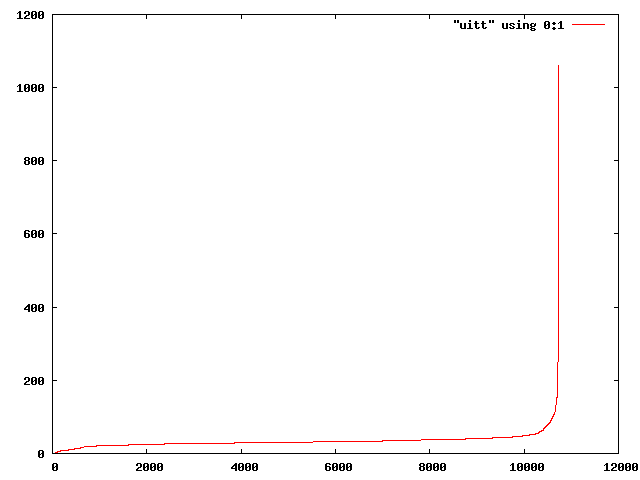In this post we work out how to use the construction discussed here in the affine case for deformations of modules.
Let R —> S be a ring map. Let C be the opposite of the category of surjections φ : P —> S where P is a polynomial algebra over R. Next, let A’ –> A be a surjection of R-algebras whose kernel I has square zero. Finally, let M be a A ⊗R S-module. Assume that M is flat over A. I want to use the idea from the previous post to compute the obstruction to deforming M to an A’-flat module M’ over A’ ⊗R S-module.
The material in this post is only interesting if S is not flat over R. In the flat case the construction of the obstruction class is straightforward and we’ll use it below. If you don’t know how to construct it then you could look in the (somewhat skeletal) chapter on deformation theory.
Consider the functor O : C —> Rings which associates to the pair (P, φ) the ring A ⊗R P. Similarly, consider the functor O‘ : C —> Rings which associates to the pair (P, φ) the ring A’ ⊗R P. Note that there is a surjection O‘ —> O whose kernel has square zero. Moreover, O is flat over A and O‘ is flat over A’.
Let’s endow C with the chaotic topology (all presheaves are sheaves). Then (C, O) and (C, O‘) are ringed topoi and the second is a first order thickening of the first. OK, as O‘ is flat over A’ by general theory we have an obstruction class
o(M) ∈ Ext2O(M, I ⊗A M)
to the existence of an A’-flat module M’ over O‘ lifting M. An fun argument (which I omit here) shows that such an M’ is actually a module over A’ ⊗R S, hence o(M) is the obstruction we are looking for. Since there is a surjection of O onto the constant sheaf with value A ⊗R S (let’s call this sheaf B) we can rewrite this Ext group as
Ext2B(M ⊗LO B, I ⊗A M)
Then we have to consider the morphism of ringed sites
π : (C, B) ——> (point, A ⊗R S)
and use the existence of a functor Lπ! (there is a left adjoint π! to π* = π -1 which is computed by doing colimits over the opposite of the category C, i.e., over the category of pairs (P, φ); the left derived functor Lπ! on bounded above complexes exists because the category of B-modules has enough projectives…) to get finally an element in
Ext2A ⊗R S(E, I ⊗A M)
where
E = Lπ!(M ⊗LO B).
To compute E you’d have to understand the category C a bit better, and here you will naturally be led to consider the standard polynomial simplicial resolution of S over R….
Things to do: How does the construction of E behave with respect to localization? If A, R are Noetherian, R —> S of finite type, and M finite over A ⊗R S, then we’d like the cohomology groups H^i(E) to be finite over A ⊗R S.


